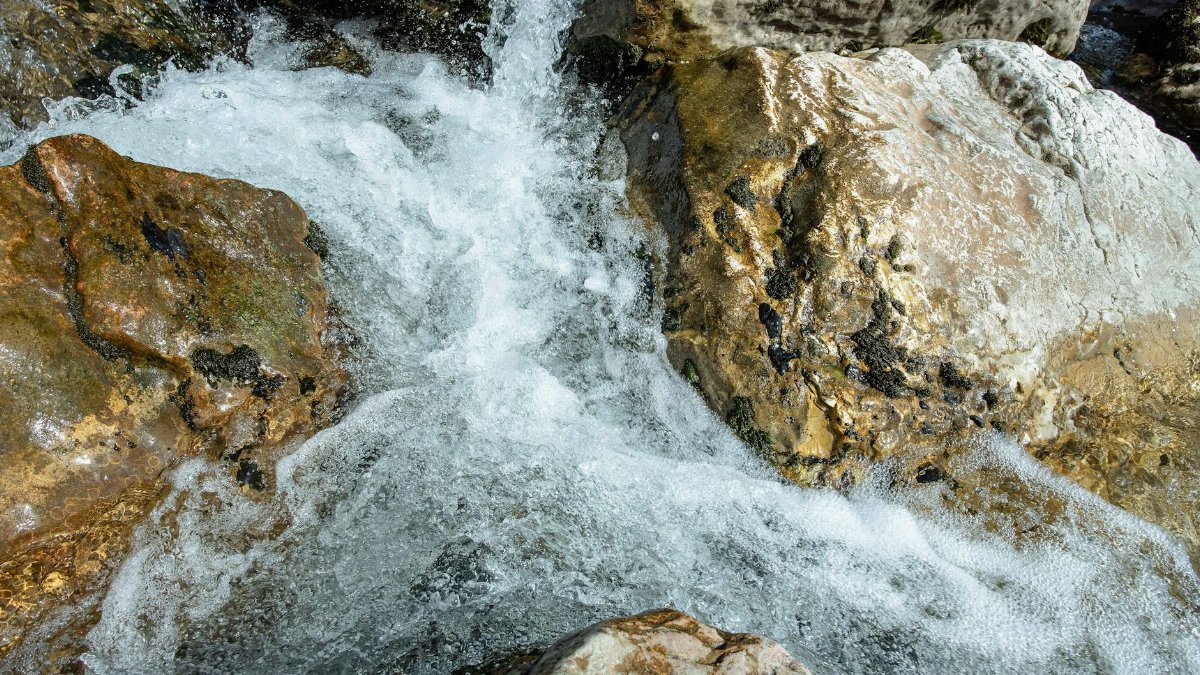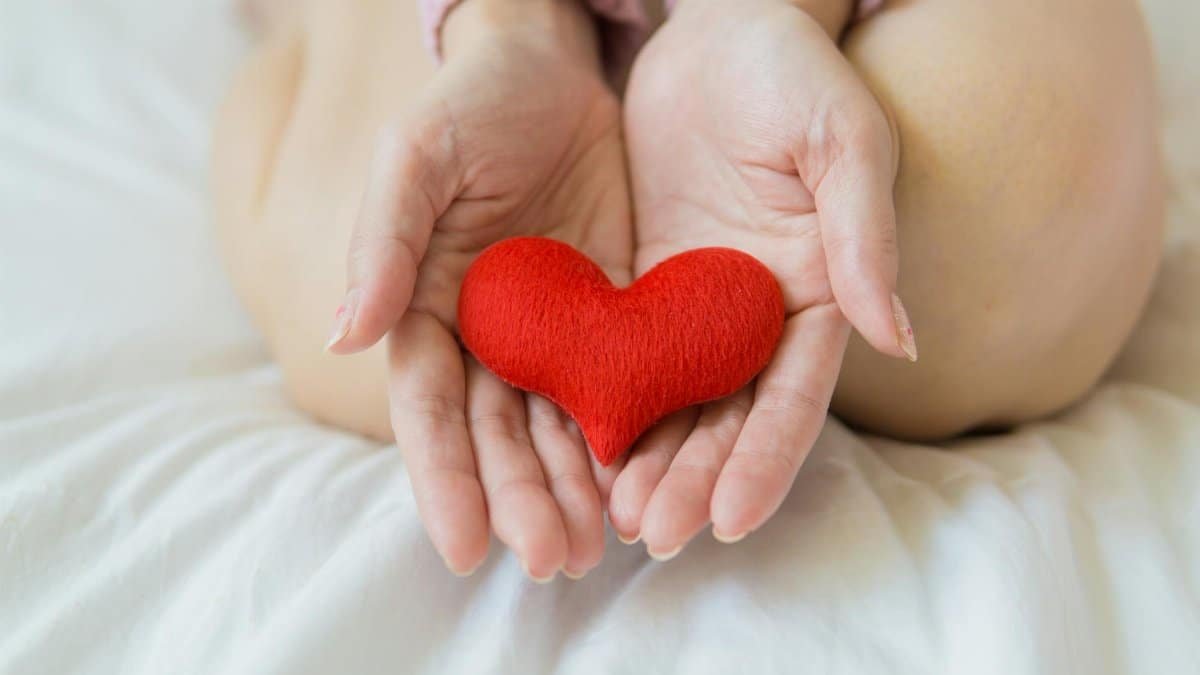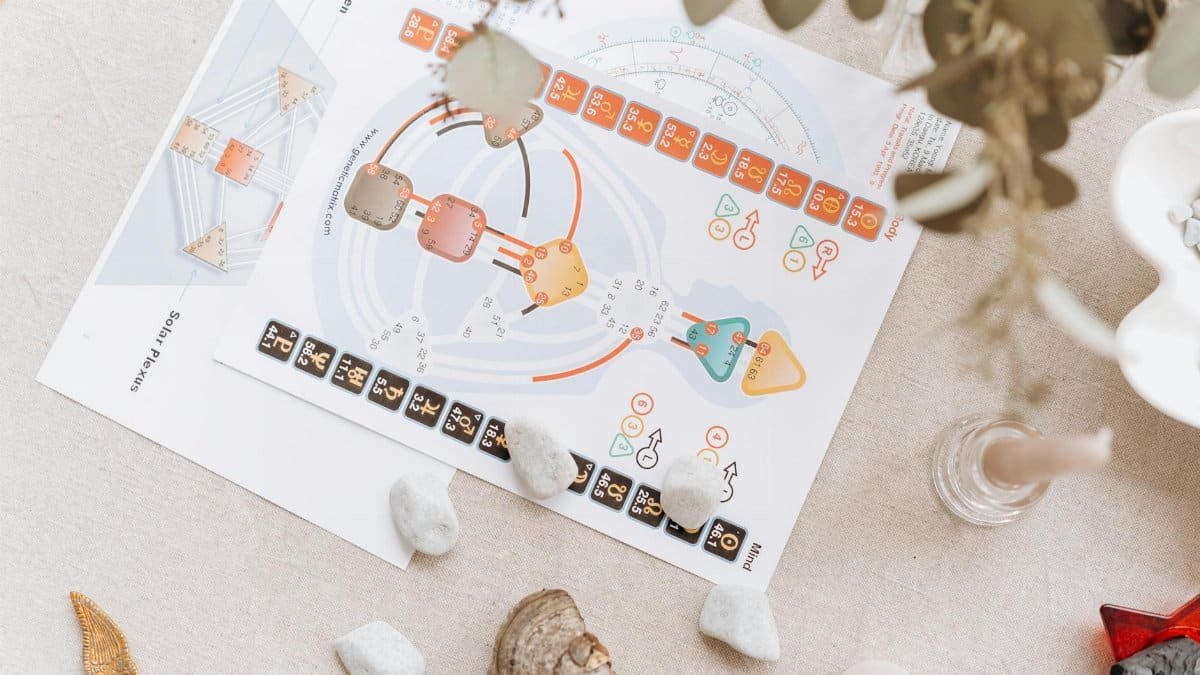In a nation grappling with rising mental health concerns, a surprising statistic emerges: according to a 2022 report from the National Center for Complementary and Integrative Health, about 1.2 million U.S. adults turned to Reiki for wellness in the previous year, a number that’s steadily climbing amid stresses of modern life. This ancient Japanese practice, centered on channeling energy through gentle touch, has found new relevance in addressing emotional wounds. Reiki flows, the specific pathways of energy movement practitioners harness, offer targeted approaches to emotional healing. For many middle-aged Americans juggling careers, family, and lingering past hurts, these flows promise a subtle yet profound way to release burdens. As one explores these techniques, it’s clear they’re not just trends but tools reshaping how we confront inner turmoil in 2025.
Flow 1: The Grounding Current – Anchoring Emotions in the Present

Imagine a busy professional in her forties, rushing through a chaotic workday in Chicago, her mind tangled in unresolved regrets from a decade-old divorce. She sits quietly one evening, palms pressed to her lower abdomen, initiating what Reiki practitioners call the grounding current. This flow begins at the base chakra, drawing energy downward like roots extending into soil, stabilizing the emotional turbulence that often pulls people adrift.
Practitioners describe it as a foundational step, essential before diving into deeper healing. Energy moves from the earth upward, creating a sense of security that counters the flighty anxiety of daily life. A study published in the Journal of Evidence-Based Complementary & Alternative Medicine found that such grounding techniques in Reiki sessions led to reduced stress levels in participants, with many reporting a newfound ability to stay present.Journal of Evidence-Based Complementary & Alternative Medicine Study highlights how these methods foster emotional resilience, particularly for those navigating midlife transitions.
Yet, it’s not always straightforward. Some newcomers feel an initial resistance, as if old habits cling tightly. One anonymous account shared in online wellness circles recounted a sensation of heaviness lifting after consistent practice, like fog clearing from a morning landscape. This flow encourages patience, reminding users that emotional healing builds layer by layer. In relationships strained by unspoken tensions, it can serve as a bridge, helping partners reconnect without the weight of yesterday’s arguments pulling them under.
Transitioning from this base, the grounding current sets the stage for more targeted releases, ensuring that when past traumas surface, there’s a solid foundation to hold them.
Flow 2: The Heart Unveiling – Unlocking Past Trauma with Gentle Precision

What happens when buried memories resurface unexpectedly, like a forgotten letter tumbling from a dusty shelf? For many, this is where the heart unveiling flow shines, a Reiki technique designed to gently unlock past trauma without overwhelming the system. Centered on the heart chakra, it involves light hand placements over the chest, allowing energy to flow in circular patterns that encourage emotional release.
This particular flow stands out, as the title suggests, for its potency in addressing deep-seated wounds. Consider a veteran teacher in Atlanta, haunted by childhood losses that manifested as chronic unease in close relationships. Through guided sessions, she experienced waves of warmth spreading from her core, dissolving barriers she’d built over years. It’s a process that doesn’t force confrontation but invites it, much like sunlight melting ice on a winter pond.
Research supports its efficacy; a review by the National Institutes of Health notes that Reiki can aid in trauma recovery by promoting relaxation and reducing symptoms of PTSD.NIH Overview on Reiki details how energy-based therapies like this contribute to emotional balance, with participants often reporting breakthroughs in processing grief. But nuance matters here— not every session yields immediate results. Tensions arise when expectations clash with the subtle nature of reiki flows, leading some to question its validity amid a culture demanding quick fixes.
In the context of healing relationships, this flow fosters vulnerability, enabling couples to share vulnerabilities without fear. One reflective observation from group discussions reveals how it transformed a strained marriage, turning guarded silences into open dialogues. As energy circulates, it unlocks not just individual trauma but shared histories, paving the way for deeper connections.
Of course, integrating this with professional therapy is key, blending ancient wisdom with modern psychology for comprehensive care.
Flow 3: The Release Cascade – Letting Go of Lingering Resentments

Shifting gears, the release cascade builds on prior flows by focusing on expulsion rather than containment. Picture energy cascading like a waterfall from the throat to the solar plexus, washing away resentments that accumulate like sediment in a riverbed. This Reiki flow is particularly useful for those middle-aged readers who’ve carried grudges from professional setbacks or family disputes, often without realizing the toll.
A compelling example comes from a New York-based accountant who, after years of harboring bitterness toward a former colleague, incorporated this technique into his routine. Hands positioned at the neck and mid-torso, he visualized tensions flowing outward, leaving space for forgiveness. It’s active, almost rhythmic, contrasting the stillness of grounding.
Studies underscore its benefits; findings from a pilot study at the University of Arizona’s Center for Integrative Medicine showed Reiki participants experienced significant drops in anger and anxiety post-treatment.University of Arizona Integrative Medicine Research provides insights into how such energy releases correlate with improved emotional states, especially in relational contexts where resentments erode trust.
Challenges persist, though. The cascade can stir up emotions intensely at first, prompting a brief surge before calm settles. Online sentiments echo this, with one shared experience describing it as “a storm before the rainbow,” emphasizing the need for guided practice. In exploring these reiki flows, it’s evident they demand commitment, rewarding those who persist with lighter emotional loads.
This flow naturally leads into integration, ensuring released energies don’t leave voids but rather opportunities for growth.
Flow 4: The Harmony Weave – Integrating Healing for Lasting Emotional Balance

Finally, the harmony weave ties it all together, weaving energies from crown to root in a unifying pattern. It’s like threading a tapestry, where individual threads of past flows create a cohesive whole, promoting sustained emotional healing. For someone who’s navigated the previous techniques, this one solidifies gains, preventing old patterns from creeping back.
Take a retiree in Seattle, reflecting on a lifetime of suppressed feelings from a turbulent upbringing. Through this flow, with hands moving in figure-eight motions across the body, she found a rhythm that harmonized her inner world. Energy interlaces, fostering a sense of wholeness that extends to relationships, turning potential conflicts into collaborative dialogues.
Evidence from broader wellness research, including a meta-analysis in the International Journal of Behavioral Medicine, suggests that integrative practices like Reiki enhance long-term emotional well-being.International Journal of Behavioral Medicine offers access to studies showing reduced relapse in emotional distress among regular practitioners. Yet, it’s worth noting the variability—cultural backgrounds influence how one perceives these flows, adding layers of personal interpretation.
In 2025, as more Americans seek holistic paths amid therapy shortages, this weave stands as a practical endpoint. It encourages ongoing practice, blending seamlessly into daily life. One might notice subtler shifts: easier conversations with loved ones, a quiet confidence replacing doubt. Ultimately, these reiki flows aren’t magic but mindful tools, unlocking emotional release in ways that resonate deeply for those open to them.
Reflecting on the journey through these flows reveals a broader trend: in a fast-paced world, ancient practices like Reiki offer grounded paths to healing, especially for unlocking traumas that shape our relationships and self-perception.
